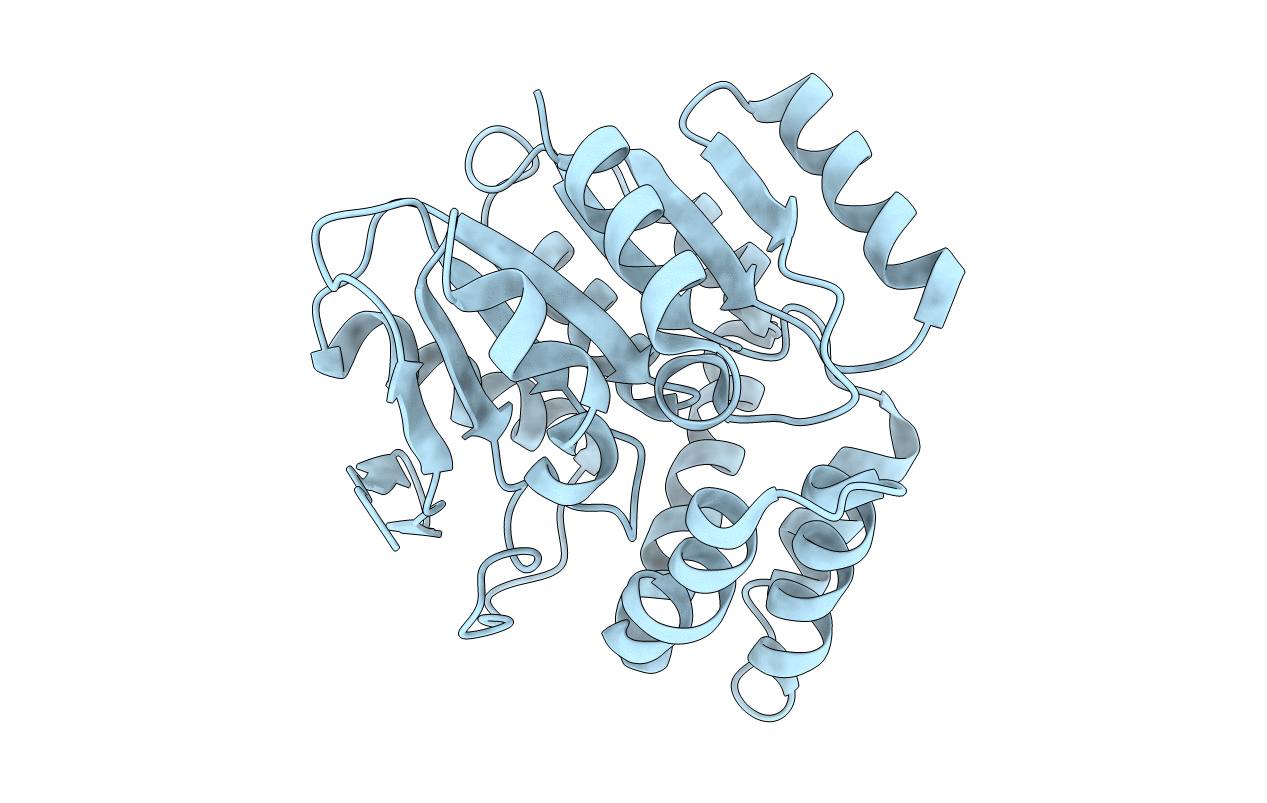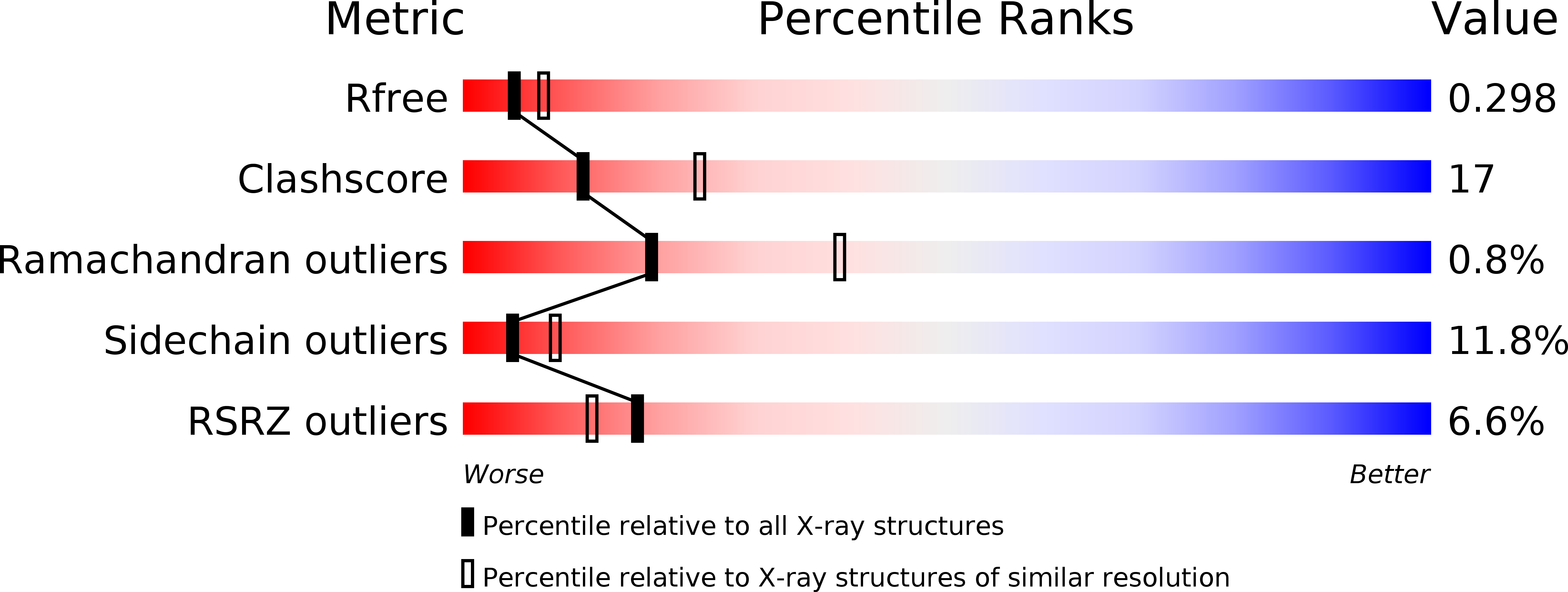
Deposition Date
2009-07-16
Release Date
2010-02-02
Last Version Date
2024-11-20
Entry Detail
PDB ID:
3IBT
Keywords:
Title:
Structure of 1H-3-hydroxy-4-oxoquinoline 2,4-dioxygenase (QDO)
Biological Source:
Source Organism:
Pseudomonas putida (Taxon ID: 303)
Host Organism:
Method Details:
Experimental Method:
Resolution:
2.60 Å
R-Value Free:
0.27
R-Value Work:
0.23
R-Value Observed:
0.23
Space Group:
P 61 2 2


